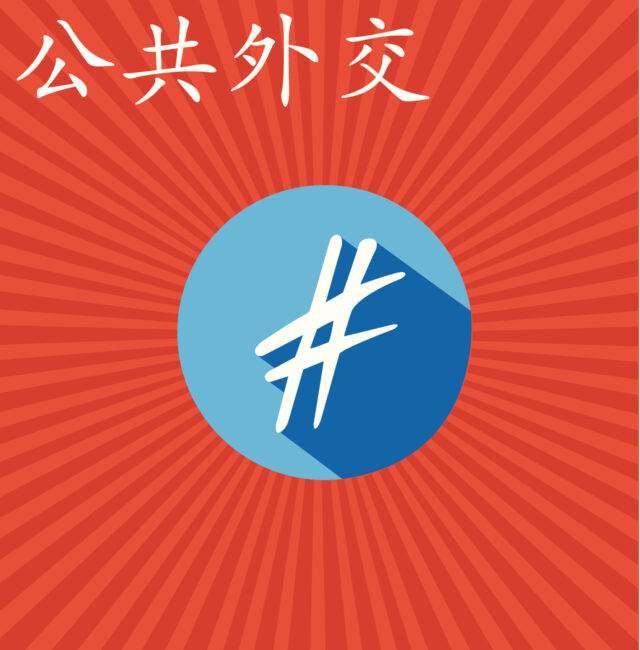Public Diplomacy / 公共外交

BRIEF
From its modern origins in the 1960s, the notion of “public diplomacy” broadly involves governments cultivating both public opinion in other countries and intercultural communications. The aim was to distinguish government-led international public relations efforts from the distasteful notion of propaganda. More recently, the idea of a “new public diplomacy” has emerged to encompass the activities of non-state actors, including NGOs.
The trend in China in the reform era, and particularly since the 1990s, has likewise been to distance international public relations from so-called “external propaganda”, a mainstay of the Chinese Communist Party since the founding of the PRC. Since 2013, however, the re-centralisation of CCP power under Xi Jinping and a renewed emphasis on ideological conformity have reinvigorated the focus on “external propaganda” around the conviction that state media and even quasi-private actors must work internationally to “tell China’s story well” (讲好中国故事), thus enhancing the country’s “international discourse power” (国际话语权) as a key aspect of its “comprehensive national power” (综合国力).
ANALYSIS
In January 1991, still faced with sanctions from the EU and the United States as a result of its crackdown on pro-democracy protests on 4 June 1989, China established the State Council Information Office, a government office whose function is to “explain China to foreign countries”. Chinese experts have regarded this institutional change as marking a move away from the influence of so-called “external propaganda” toward a “concept of modern public diplomacy”.
Marking a further attempt to rebrand its information activities, the CCP’s Central Propaganda Department – an office in fact overlapping with the Information Office (the former emphasising internal controls, the latter external messaging) – issued a notice stating that the word “propaganda” (宣传) in the department’s official English translation would be formally changed to “publicity”. The ambiguous dual identity of these two offices at the present day can be seen as symbolising the tension that persists in China between “external propaganda” as a more rigid notion of party-controlled messaging, and the broader notion of “public diplomacy” as the need to engage more flexibly and credibly with foreign publics.
In late 2007, Joseph Nye’s term “soft power” was also introduced into China’s official political discourse. In 2008, as China prepared to host the Beijing Olympic Games, which were regarded as a historic opportunity to showcase China’s development before the world and increase its soft power, the country faced a wave of criticism over its human rights abuses. Accordingly, much of the official CCP discourse focused on rectifying the relative weakness of China’s “discourse power” against the “soft containment” of the “biased” media of the West. Hu Jintao spoke of “cultural soft power” and increasing the influence of Chinese traditional culture as a key component of “comprehensive national power”, essential to maintaining the CCP’s global interests.
Initiated in 2009, China’s “going out” strategy involved the investment of billions of dollars every year in the overseas expansion of Chinese media, an effort focused entirely on party-state media, leaving out more vibrant Chinese commercial media. By 2012, China’s domestic media environment and non-governmental exchanges were already coming under much tighter Party control, and centralised CCP coordination remained the model when it came to public diplomacy.
Since 2013, the role of the Party in public diplomacy has become more pronounced than at any time in the reform era. In a speech to the National Propaganda and Ideology Work Conference on 19 August 2013, Xi Jinping emphasised the old model of “external propaganda” as he outlined his program for international messaging: “[We] must meticulously and properly conduct external propaganda, innovating external propaganda methods, working hard to create new concepts, new categories and new expressions that integrate the Chinese and the foreign, telling China’s story well, communicating China’s voice well”.
The core content of “telling China’s story well”, now the central concept in the CCP’s orthodoxy on public diplomacy, centres on the Party’s leadership. Within this concept, the chief objective of China’s public diplomacy, or external propaganda, conducted through the state conglomerate China Media Group and other channels, is to “create an international public opinion environment favourable to China’s development” under the Party’s leadership.